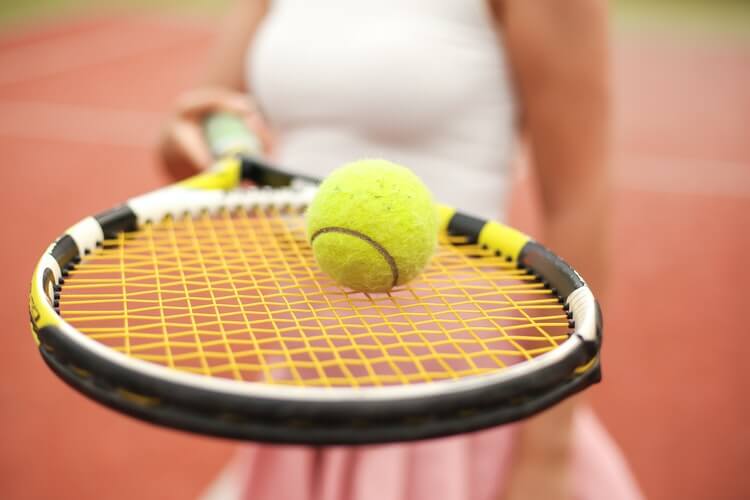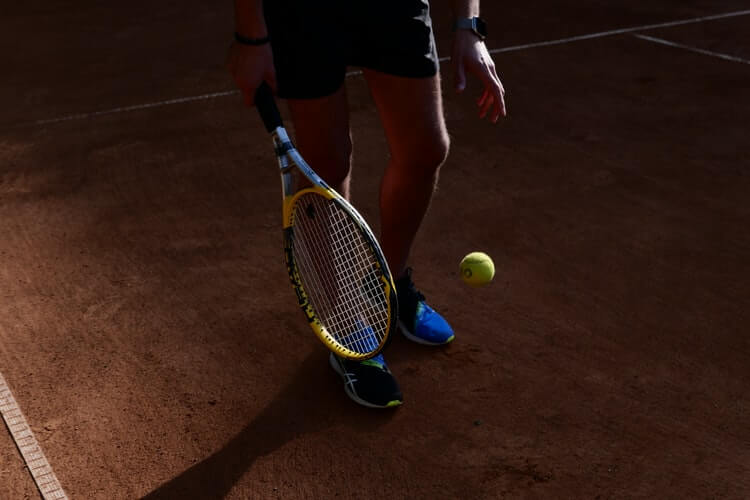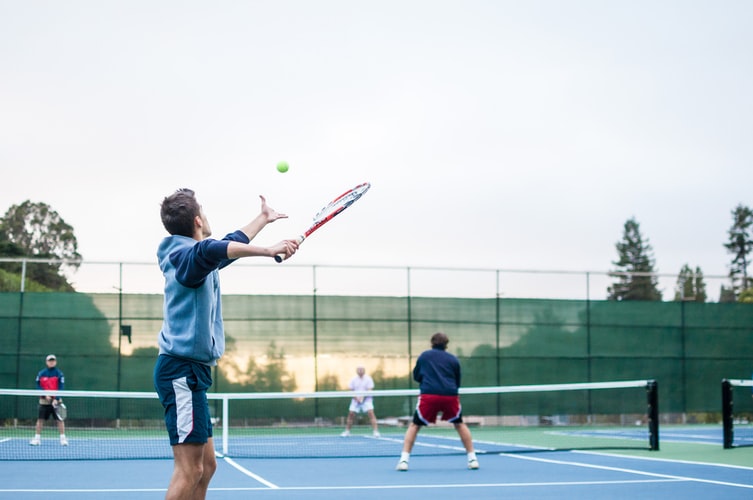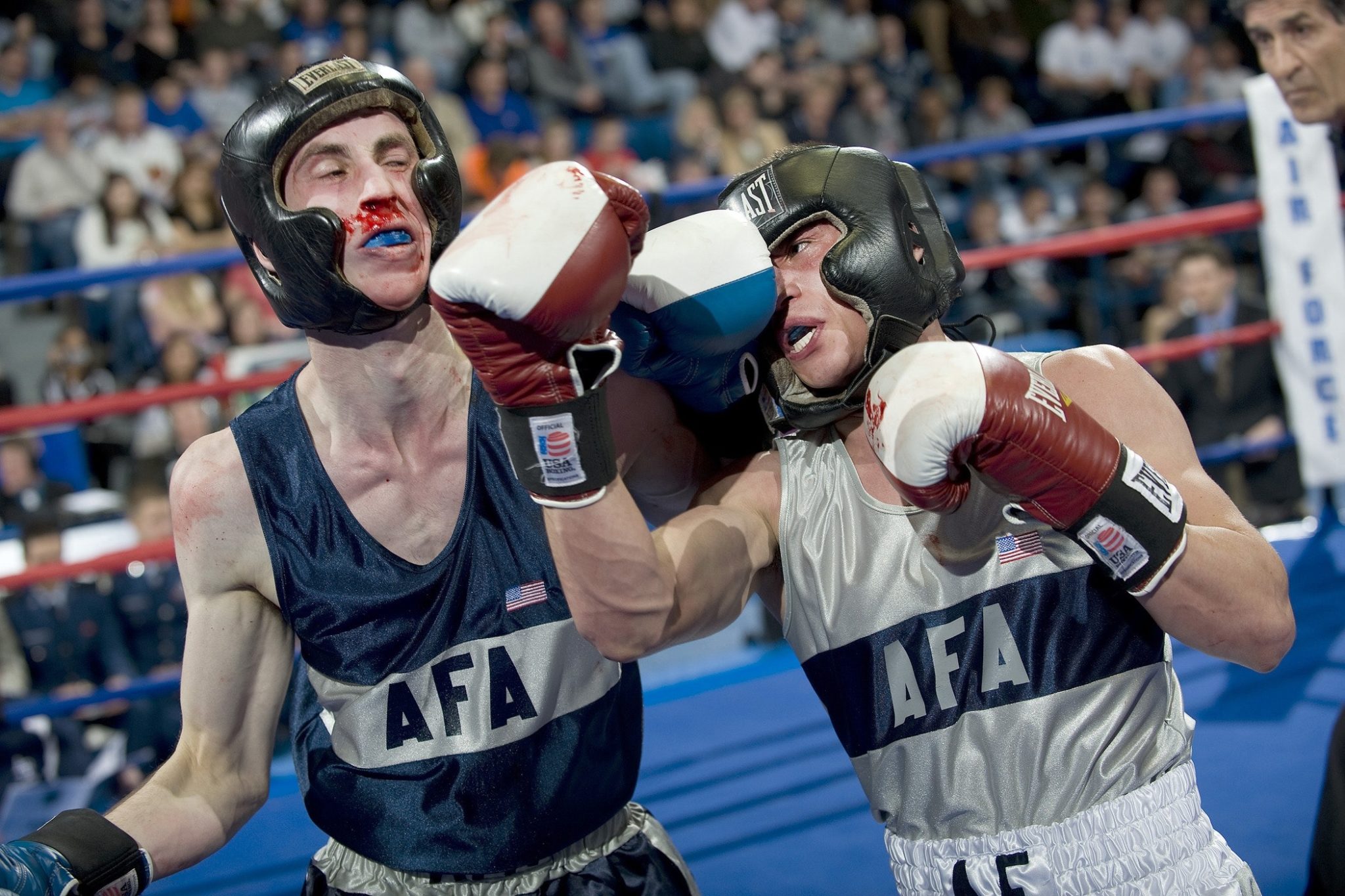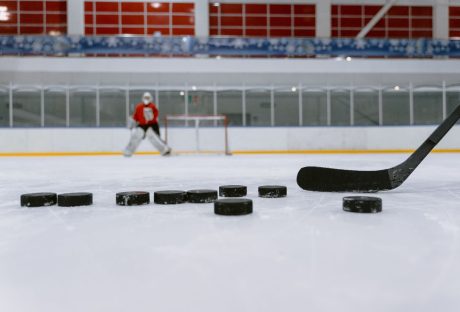Tennis might be one of the most loved sports out there, but for beginners, it is also considered one of the most confusing outdoor activities because of its unique scoring system. Terms such as Deuce, Ad-in, and Ad-out are used differently in this sport and may appear too complicated for players who just recently found their love for tennis.
To help you understand how the tennis scoring system operates, you must know each term’s definition and a clear awareness of how they work. For starters, you have to learn what an ad in tennis means, what an ad-in and ad-out is, when it happens, and how you gain a point when it occurs.
For all tennis novices out there, we have listed down some key points you have to note for your future matches.
What does “Ad” mean in tennis?
The term “Ad” is an abbreviated version of the word “advantage.” It is used in tennis to identify the winning player when a deuce happens. A deuce occurs when both players acquire a score of 40 simultaneously or if each player scored three times in a row.
In simpler terms, an “Ad” in tennis can be rather called a “tiebreaker.” It is the means of deciding a winner from players who are currently having a neck-and-neck tie score.
Winning a deuce in tennis can be simple yet nerve-wracking. To win the match, a player only needs to score two consecutive points. The player who breaks the tie has the edge since they just need one more point to control the match and will be positioned on the ad court, which is advantageous for every player.
However, when he fails to do so, and his opponent scores the same one point as him, making it a tie again, the two-point requirement will be back – resulting in a rally. So, if you want to win, these two points will determine your fate.
What is an Ad-in?
The term Ad-in is somewhat like a colloquial word used outside of a professional game. Players and even umpires use it, but this term, along with its contrast word “ad-out,” is not considered an official signal in tennis.
A player says the word “ad-in” when he is the one serving the ball when he has the advantage for scoring a point on a deuce. So, if you happen to advance a single point, you should notify the umpire by saying “ad-in,” or for others, they say “my ad.” This will make you stand on the ad court and increase your chance of winning.
What is an Ad-out?
An “ad-out,” opposite to the definition of “ad-in,” is said if your opponent has the advantage point when you’re the one serving. You will be the one serving the ball, but your opponent is the one who has the privilege of being in the “Ad Court” or the left side of where the center mark is.
This scenario might be a little difficult for some or doesn’t affect game performance much on others. Of course, having the advantage is always better.
Getting accustomed to all the scoring terms and systems might be a little burdensome for the new players, but once you play more and devote more of yourself to playing, you will realize just how fascinating and fun tennis is. It only requires time, practice, and patience. Have fun, stay safe, and play well!
Bonus throw for you: Check out an exclusive journal on buying ping pong paddle
Read Also:













